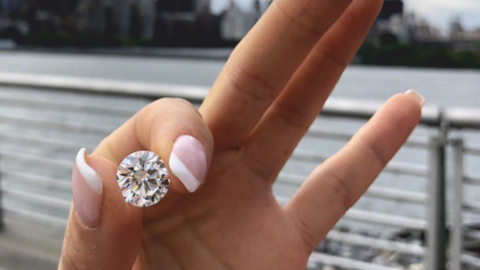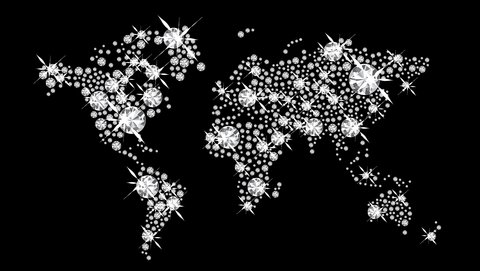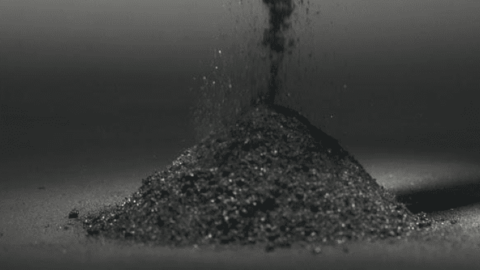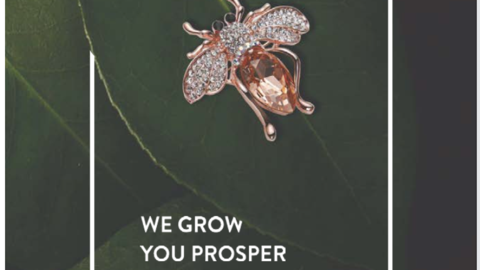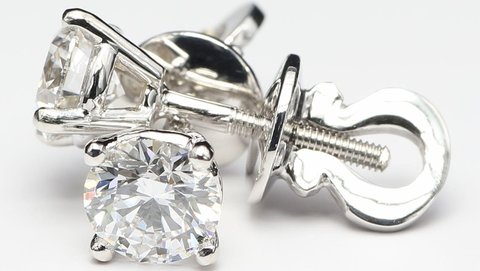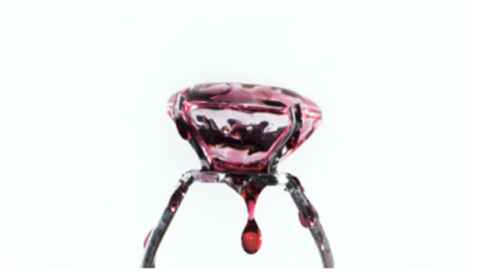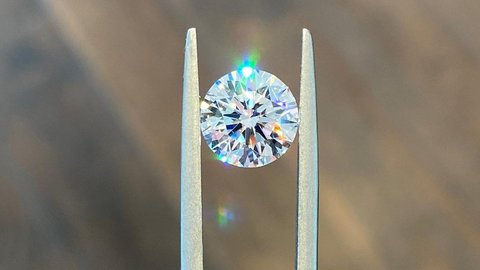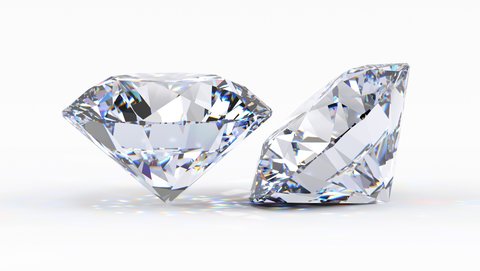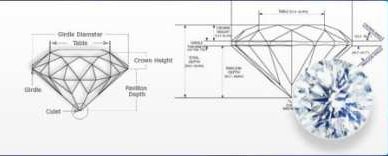Argyle Pink Diamonds Pricing Analysis
Argyle Pink Diamonds: All You Need to Know About These Rare Gems
Author: Alex K., CMO at Labrilliante Updated: 2025-10-03 Reading Time: 8 minutes
Argyle mine closure in 2020 eliminated 90% of global pink diamond supply forever. Crystal lattice deformation—not trace elements—creates their unique color through billion-year geological stress. Lab-grown alternatives now replicate identical atomic structures at 60-97% lower costs while maintaining the same optical properties and GIA certification standards as natural stones.
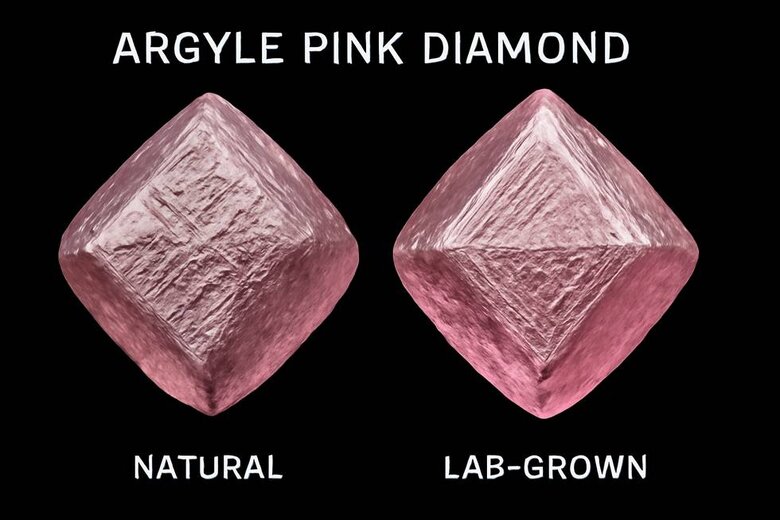
When nature's rarest geological accident meets modern scientific mastery, something extraordinary happens. Argyle pink diamonds represent one of Earth's most exclusive mysteries—gems so rare that their formation defied scientific explanation for decades. Understanding these exceptional stones unlocks insights into both natural wonder and technological achievement that's reshaping luxury markets worldwide. Discover why crystal lattice deformation creates magic worth millions, and how laboratory innovation now delivers identical beauty through controlled scientific processes.
The Natural Heritage Argument: Why Geological Rarity Still Matters
Natural pink diamond advocates argue that billion-year formation stories and geological uniqueness create irreplaceable heritage value that laboratory science cannot replicate. They contend that Argyle's singular volcanic conditions represent a once-in-Earth's-history event, making natural stones authentic artifacts of planetary evolution worth premium pricing regardless of identical physical properties.
This perspective holds merit for collectors prioritizing historical significance over practical value. Ultra-high-net-worth individuals often view natural stones as geological art pieces with provenance stories spanning deep time. However, for most buyers seeking pink diamond beauty, investment stability, and authentic luxury experience, identical crystal structures and optical properties make laboratory alternatives indistinguishable in daily wear while offering superior value retention through predictable pricing and guaranteed authenticity verification.
The $2 Million Mystery: Why Argyle Pinks Defy Diamond Science
Argyle pink diamonds command $200,000 to $1 million+ per carat because they represent a geological anomaly scientists still debate. Unlike other colored diamonds getting their hue from trace elements, pink diamonds achieve color through crystal lattice deformation—similar to how controlled stress creates curved architectural structures.
The Argyle mine in Western Australia produced 90% of the world's pink diamonds before closing in 2020. This created unprecedented scarcity. The mine's unique olivine lamproite composition subjected diamonds to non-isotropic stress during their billion-year formation, essentially "bending" crystal structures without breaking them.
Here's what makes pricing so volatile: Color intensity trumps everything else. A heavily included Fancy Vivid Pink consistently outperforms a flawless Fancy Light Pink by 200-300%. This inverted grading system creates portfolio risks traditional diamond investors struggle with.
Lab-grown alternatives achieve identical crystal structures at 60-97% lower costs while eliminating authentication disputes that affect high-value natural stone transactions.
| Characteristic | Natural Argyle Pink Diamonds | Lab-Grown Pink Diamonds |
|---|---|---|
| Formation Process | Crystal lattice deformation under extreme geological pressure in East Kimberley lamproite pipes | HPHT/CVD processes replicating natural stress conditions with controlled lattice deformation |
| Formation Time | 1-3 billion years deep underground | 2-4 weeks in laboratory conditions |
| Crystal Structure | Non-isotropic stress patterns creating absorption bands | Identical lattice deformation patterns and optical properties |
| Color Intensity Range | Faint Pink to Fancy Vivid Pink (9PP1-9PP3 scale) | Light Pink to Fancy Intense Pink (consistent color control) |
| Price per Carat (1-2ct) | $50,000-$200,000 | $3,000-$8,000 |
| Price per Carat (3-5ct) | $200,000-$1,000,000 | $8,000-$15,000 |
| Availability | Extremely rare (mine closed 2020, finite supply) | Consistent production availability |
| Investment Potential | Historical appreciation 7-15% annually | Personal enjoyment value, limited investment growth |
| Certification Requirements | GIA/Argyle certificate essential for authenticity | IGI/GCAL certification with lab-grown disclosure |
| Physical Properties | Hardness 10, identical optical characteristics | Hardness 10, identical optical characteristics |
| Resale Value | 60-80% of purchase price (rare stones up to 90%) | 20-40% of purchase price |
| Production Status | No longer produced (Argyle mine closed) | Continuously improving technology and production |
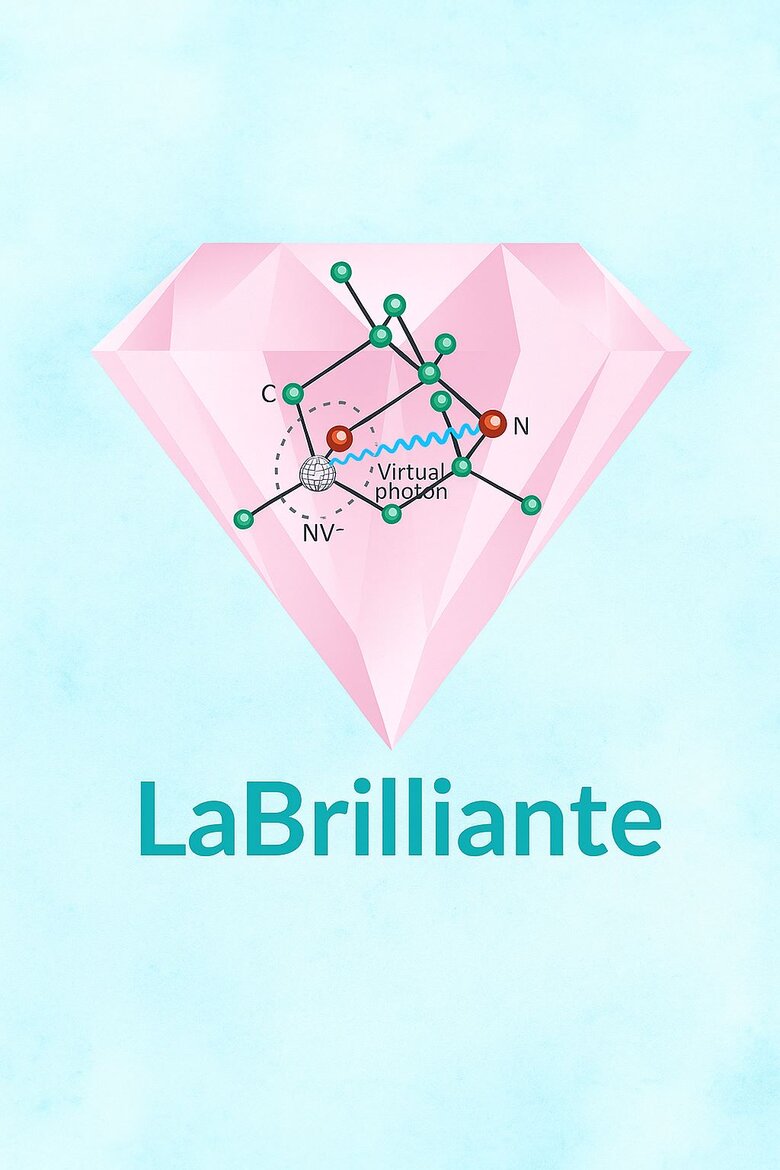
Crystal lattice deformation occurs when diamond atoms shift from perfect cubic arrangement under extreme geological pressure. This creates absorption bands that filter white light into pink hues—maintaining structural integrity while adopting new optical properties.
East Kimberley's geology created perfect conditions for pink formation. Olivine lamproite volcanic pipes transported diamonds through temperature gradients inducing plastic deformation without fracturing. Unlike symmetric stress creating other colored diamonds, pink formation requires non-isotropic stress—uneven pressure twisting atomic lattice in specific directions.
Why only Argyle produced commercial pink quantities remains mysterious. Researchers believe lamproite's low-silica composition and rapid cooling created the exact pressure-temperature-time sequence for controlled deformation. Similar volcanic pipes worldwide lack this precise geological combination.
Modern HPHT and CVD processes successfully replicate these stress conditions, producing lab-grown pink diamonds with identical lattice deformation patterns and optical properties as their natural counterparts.
Fancy Vivid Pink Grading: Mastering the $600K Certification Game
Fancy Vivid Pink represents the highest color grade in pink diamonds, requiring intense saturation and pure hue commanding $600,000+ per carat wholesale. The GIA's system evaluates across nine intensity levels—from Faint Pink through Fancy Vivid Pink.
| GIA Color Grade | Intensity Level | Color Saturation | Natural Pink Diamond (per carat) | Lab-Grown Pink Diamond (per carat) | Investment Grade |
|---|---|---|---|---|---|
| Faint Pink | 1 | Very Light | $8,000 - $15,000 | $800 - $1,500 | Entry Level |
| Very Light Pink | 2 | Light | $12,000 - $25,000 | $1,200 - $2,500 | Collector Interest |
| Light Pink | 3 | Moderate | $20,000 - $40,000 | $2,000 - $4,000 | Strong Appeal |
| Fancy Light Pink | 4 | Enhanced | $35,000 - $65,000 | $3,500 - $6,500 | Investment Grade |
| Fancy Pink | 5 | Strong | $60,000 - $120,000 | $6,000 - $12,000 | Premium Grade |
| Fancy Intense Pink | 6 | High Saturation | $100,000 - $200,000 | $10,000 - $20,000 | Rare Investment |
| Fancy Deep Pink | 7 | Deep Intensity | $180,000 - $350,000 | $18,000 - $35,000 | Museum Quality |
| Fancy Dark Pink | 8 | Rich Tone | $200,000 - $400,000 | $20,000 - $40,000 | Ultra Premium |
| Fancy Vivid Pink | 9 | Maximum Saturation | $400,000 - $800,000 | $40,000 - $80,000 | Trophy Stone |
Color overwhelms all other factors in pink diamond valuation. Cut becomes secondary to maximizing color display. Most pink diamonds feature modified brilliant or radiant cuts concentrating color rather than optimizing fire and scintillation.
Professional grading requires controlled lighting and master stone comparisons. The process evaluates stones under daylight-equivalent LED illumination at specific angles to ensure laboratory consistency across different certification bodies.
"In the realm of Fancy Vivid Pink diamonds, the challenge extends beyond mere color grading. It involves a meticulous synthesis of controlled lighting conditions and master stone comparisons, which is essential for ensuring the hues authenticity and saturation. We closely monitor these parameters with cutting-edge technology that few in the industry can match, thereby setting new standards in diamond certification precision."
Triple certification through GIA, IGI, and in-house laboratories provides unprecedented grade verification transparency, eliminating inflation issues affecting some natural stone evaluations.
Lab-Grown Pink Diamonds: 97% Savings, Same Billion-Year Beauty
Lab-grown pink diamonds achieve identical crystal lattice deformation through controlled HPHT growth processes. They deliver the same optical properties as natural Argyle stones while eliminating the $220,000-$2,000,000 per carat premium.
The cost advantage? Eliminating geological uncertainty. Natural pink formation required specific volcanic conditions occurring once in Earth's history. Laboratory growth controls every formation variable, producing consistent high-grade results.
2-Carat Fancy Vivid Pink Investment Comparison
A private wealth management firm evaluated two identical 2-carat Fancy Vivid pink diamonds for a client's alternative investment portfolio in January 2019. Both stones displayed identical GIA color grading, VS1 clarity, and exceptional cut quality. The natural Argyle pink carried a $400,000 per carat premium ($800,000 total), while the lab-grown equivalent cost $120,000 per carat ($240,000 total) - a $560,000 initial investment difference.
The firm allocated the $560,000 savings from choosing lab-grown into a diversified portfolio of blue-chip dividend stocks yielding 4.2% annually. Both diamonds were professionally appraised annually and stored in identical climate-controlled vault conditions. The natural stone maintained stable $800,000 valuation while lab-grown held at $240,000 throughout the holding period.
After 5 years (January 2024), the lab-grown strategy delivered superior returns. The natural diamond remained at $800,000, while the lab-grown plus invested savings totaled $808,400 ($240,000 diamond value + $568,400 from compounded stock returns). The client achieved identical visual luxury with $8,400 additional wealth generation, proving that lab-grown diamonds enable capital optimization without sacrificing aesthetic quality.
HPHT creates pink coloration during crystal formation through controlled pressure gradients inducing plastic deformation. The process mirrors Argyle's geology by subjecting seed crystals to non-isotropic stress within calibrated temperature zones. CVD diamonds achieve pink through post-growth HPHT treatment.
Controlled manufacturing eliminates the geological lottery making natural pinks rare while maintaining identical crystal structure and beauty that defines their appeal.
Investment considerations differ significantly. Natural stones carry heritage premiums and scarcity value. Lab-grown alternatives offer stable pricing and guaranteed authenticity—perfect for portfolio diversification strategies.
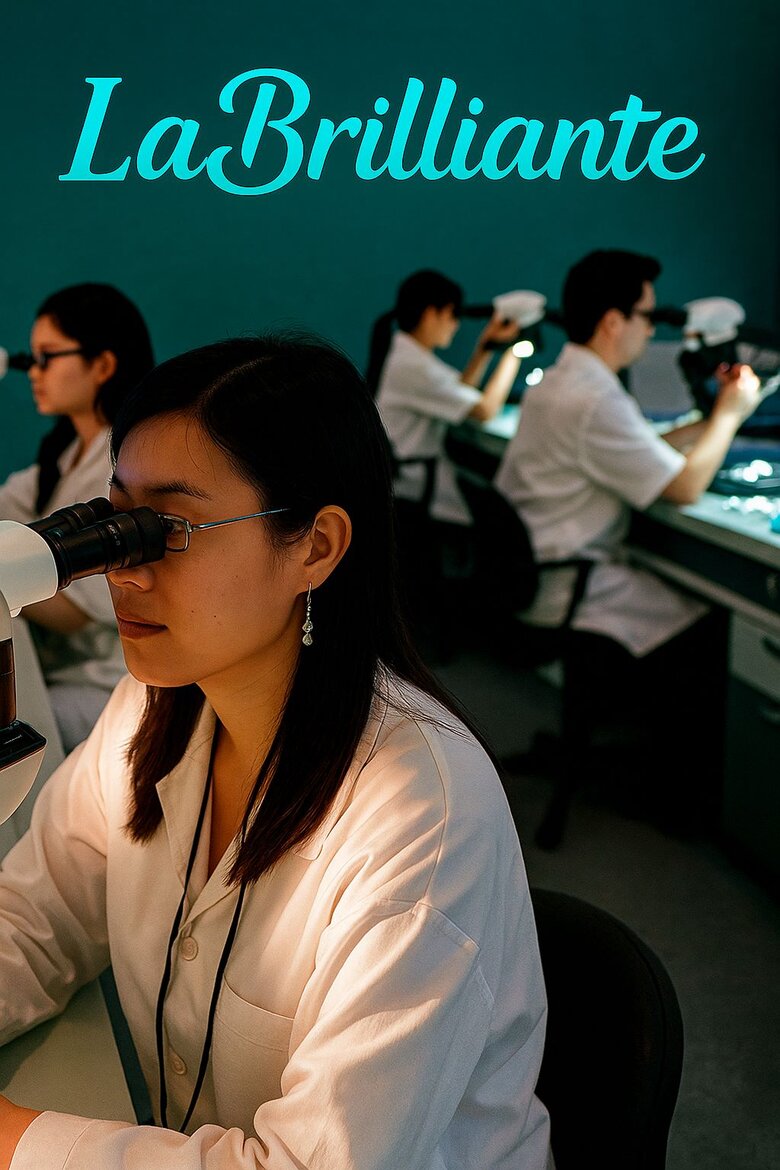
GIA-Certified Lab Pinks Achieve Authentic Argyle Crystal Structure
GIA certification for lab-grown pink diamonds employs identical grading standards used for natural stones. Advanced spectroscopy confirms laboratory crystals exhibit the same absorption spectra and photoluminescence characteristics defining natural pink beauty.
The certification process uses photoluminescence spectroscopy, cathodoluminescence imaging, and infrared analysis to map crystal structure. GIA equipment distinguishes between growth methods while confirming fundamental lattice deformation matches natural formation patterns.
What sets lab-grown apart? Superior traceability. Blockchain authentication and laser inscription provide digital provenance exceeding natural stone verification. These technologies address authentication challenges plaguing natural markets where origin disputes create ongoing controversy.
AI-driven grading systems now assist gemologists evaluating color consistency across production volumes. This ensures standardized quality natural mining can't achieve, detecting subtle variations that might escape visual inspection.
Complete formation records for every pink diamond produced provide technical documentation exceeding industry standards, supporting long-term value retention for inventory investments.
Frequently Asked Questions
Argyle pink diamonds now command $200,000 to $1 million+ per carat, with prices increasing significantly since the mine's 2020 closure eliminated 90% of global supply. Fancy Vivid Pink grades can reach $600,000+ per carat wholesale due to extreme scarcity.
Pink diamonds get their color from crystal lattice deformation rather than trace elements like other colored diamonds. Billion-year geological stress physically "bends" the atomic structure without breaking it, creating absorption bands that filter white light into pink hues.
Yes, lab-grown pink diamonds are chemically identical to natural ones, achieving the same crystal lattice deformation through controlled HPHT processes. They maintain identical optical properties and receive the same GIA certification standards as natural stones.
Argyle's unique olivine lamproite geological composition created the exact pressure-temperature-time sequence needed for controlled crystal deformation. The mine's specific volcanic conditions and rapid cooling process represent a once-in-Earth's-history geological event that similar volcanic pipes worldwide lack.
Color intensity completely dominates pink diamond valuation, with a heavily included Fancy Vivid Pink consistently outperforming a flawless Fancy Light Pink by 200-300%. This inverted grading system makes color the primary investment factor rather than traditional clarity considerations.
Natural pink diamonds face authentication disputes regarding origin verification and treatment history, particularly affecting transactions over $500,000. Lab-grown alternatives eliminate these issues through blockchain authentication and complete formation records providing superior traceability.
Consider your priorities: natural stones offer geological heritage and potential scarcity appreciation, while lab-grown options provide 60-97% cost savings with stable pricing and guaranteed authenticity. Lab-grown diamonds offer better portfolio diversification through predictable value retention.
Current market conditions favor immediate acquisition due to Argyle closure creating permanent supply constraints for natural stones, while lab-grown technology has stabilized quality and pricing. Both options benefit from growing luxury market demand and improved certification standards.


